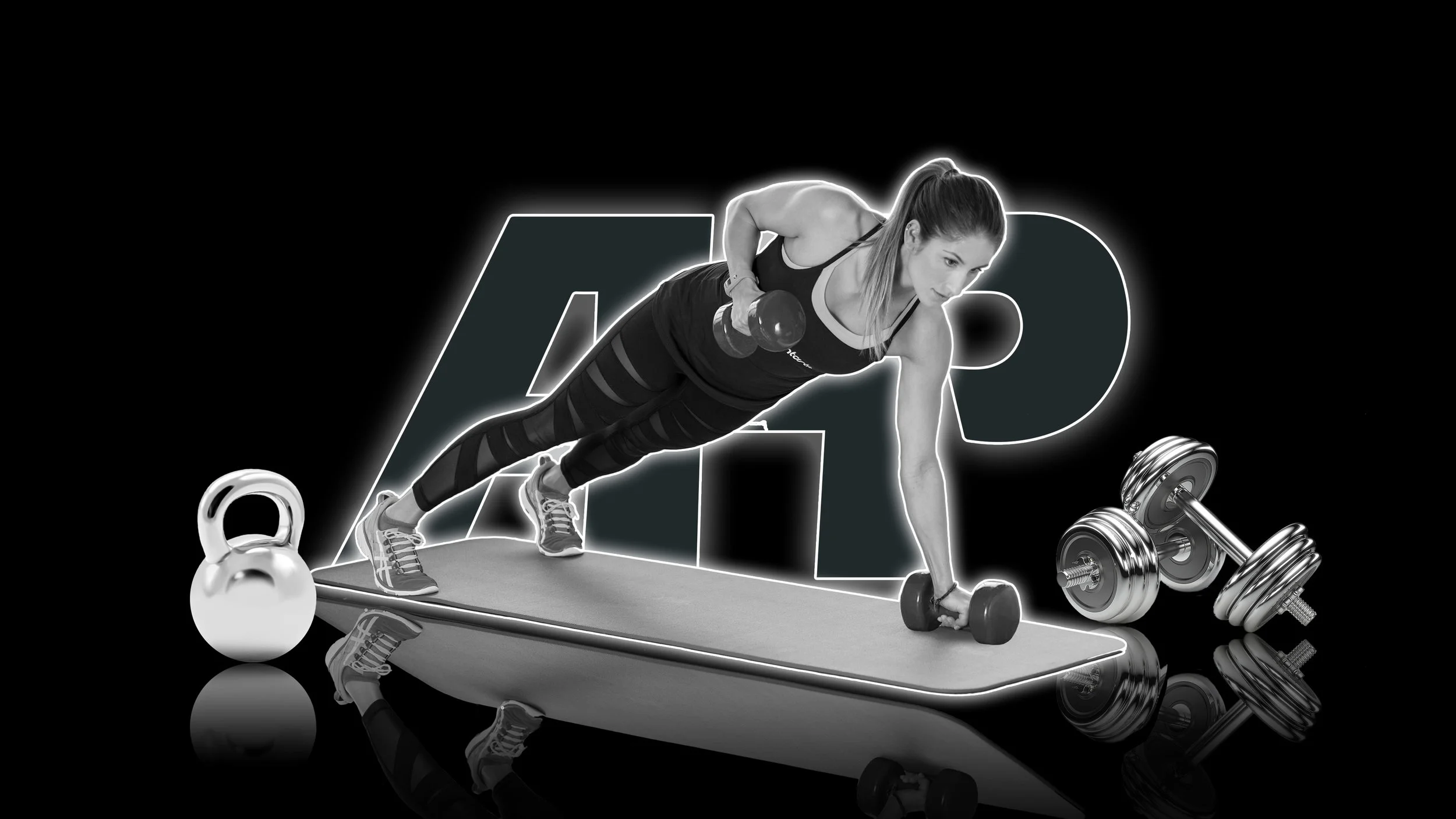Perform Rotational Ring Rows For Massive Back Gains and Postural Health
Dr. Joel Seedman, Ph.D.
Inverted rows are a great exercise for building strength and size in the upper back as well as improving posture and spinal alignment. Unfortunately many individuals perform them improperly often with subtle form mistakes. Most importantly there needs to be a significant degree of t-spine extension just like there would be on any row. As I tell my athletes and clients try to tilt the chest up to the point where it feels like your body and head are about to lean back into the floor while simultaneously keeping the core tight and stomach. In other words focus on military style posture with an elongated and tall spine including a big chest and tall head. Technically you should be able to take a snap shot of your inverted row and tilt it up 90 degrees and it should resemble perfect standing military-like posture.
In addition, the feet and ankles should be dorsiflexed throughout as this helps to create lengthening of the calves, glutes, and hamstrings thereby allowing better spinal alignment up the kinetic chain as it's more conducive for maintaining a neutral arch and t-spine extension. It also helps to promote irradiation and concurrent activation potentiation thereby eliminating energy leaks throughout the body. In fact the dorsiflexed foot position is perhaps the most subtle but also the most important cue for locking in the inverted row.
The range of motion should be natural without over-pulling at the top or overstretching at the bottom. When the shoulders and spine have to lose position you know you've moved too far. When you over stretch there will be excessive protraction and lateral rotation of the scapula away from the spine. When you over-pull at the top contracted position (humerus traveling significantly past the plane of the torso), the shoulders will become elevated and also fall into internal rotation resulting in faulty positioning of the glenohumeral joint. This is something I’ve discussed quite a bit recently highlighting how important it is to use optimal range of motion not maximal or exaggerated range of motion.
You'll also notice I'm using a rotating or semi-rotating grip with a pronated hand position in the bottom and neutral position in the top contracted position. I've found this to be the most natural mechanics for optimizing scapulohumeral rhythm and shoulder packing as it helps to keep the scapula depressed and retracted throughout especially in the contracted position. This also allows a more natural squeeze at the top resulting in greater strength and hypertrophy development.
Try these technique cues next time you perform inverted rows and watch your back strength and postural alignment markedly improve.































